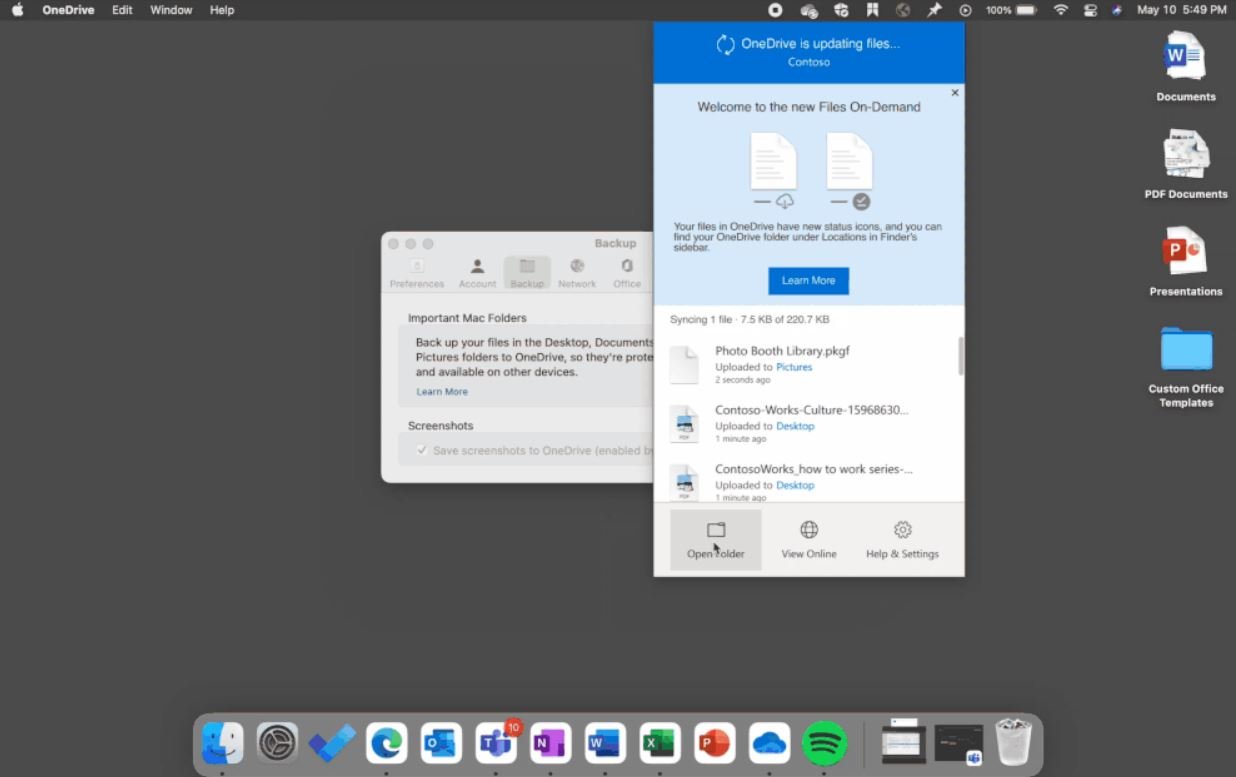

"UpdateAgent is uniquely characterized by its gradual upgrading of persistence techniques, a key feature that indicates this trojan will likely continue to use more sophisticated techniques in future campaigns," Microsoft says in a blogpost, cautioning it could follow the trajectory of malware common to Windows.

Then in August, it was improved with changes that allowed the malware to inject persistent code that ran as root in a background process that's invisible to the user. dmg files and tweaked to prevent Gatekeeper from displaying the pop-up warning to users that a file is from an "unidentified developer". In March 2021, it was updated again to fetch compressed. dmg files for macOS from public cloud providers. By January 2021, it could fetch secondary payloads as. Since its discovery between September to December 2020, when it was only an information stealer, the malware has undergone several upgrades to improve persistence allowing it to remain on a system after users sign in to the affected device. It can also use existing user permissions to delete evidence of its presence on a system.
/001-microsoft-office-macbook-pros-touch-bar-4109206-011eb66b04594272af649d4e001167ac.jpg)
While it does require the victim to install an app masquerading as legitimate software, such as a video app or support agent promoted in ad pop-ups, the ability to bypass Gatekeeper controls is significant. SEE: Cybersecurity: Let's get tactical (ZDNet special report) For example, Microsoft found its makers host additional payloads on Amazon Web Services' S3 and CloudFront services. Today, it installs an "unusually persistent" adware threat called Adload, but Microsoft cautions it could be used to distribute other more dangerous payloads in future. Microsoft flagged the malware now as it appears to be under continuous development.

Ukrainian developers share stories from the war zone Linux distros for beginners: You can do this! Got questions about crypto? Ask the Coachįor Mom: The best flower delivery services How ransomware attacks threaten our food supply


 0 kommentar(er)
0 kommentar(er)
